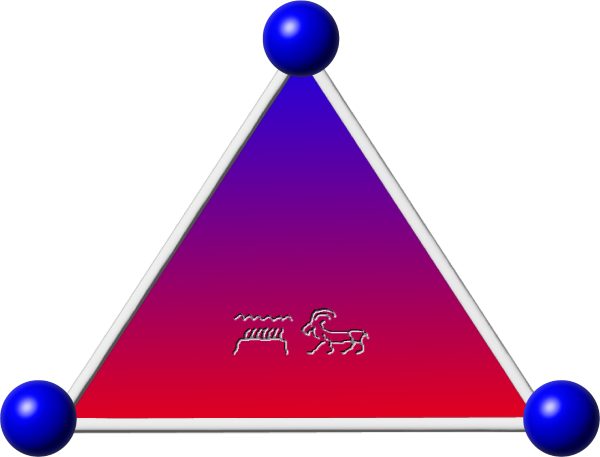Book Review: The Jesus Quest: The Third Search for the Jew of Nazareth
Review By: Henry E. Neufeld
Author: Ben Witherington III
Publisher: InterVarsity Press, Downers Grove, IL
ISBN: 0-8308-1861-8
I have long searched for a book that I could recommend to those who want to read a serious conservative review of the search for the historical Jesus. While there are a number of scholars writing their own views on this topic, careful review of other views is not all that common on any side, though there are more general histories than there are specifically conservative—not fundamentalist!—review.
Witherington has presented us with such a book. He reviews a number of different approaches, starting out with some history (the preface titled The First Two Quests) and following up with background—Chapter 1 Galilee and the Galilean.
Chapter 2, Jesus the Talking Head is perhaps his most strident chapter as he criticizes the Jesus Seminar and his approach. While I agree with the bulk of his criticisms, I think the tone is a bit overdone. Why should the rest of us complain that the Jesus Seminar had better publicity and has often been taken for the search rather than a part of the search? Witherington discusses both method and representation, and much of his criticism is cogent. We would do well to remember, however, that while not the whole, the Jesus Seminar is nonetheless a serious part of the third quest.
Chapter 3, Jesus the Itinerant Cynic Philospher discusses the works of John Dominic Crossan, Burton Mack and F. Gerald Downing. Many of the criticisms applied to the Jesus Seminar still apply, but Witherington digs into the details of each portrait of Jesus. I have always felt that the most convincing part of any work on the historical Jesus was the section in which the author critiques other views, and I must say that this chapter only added to that impression of the works of Crossan and Mack.
Chapter 4, Jesus, Man of the Spirit examines the works of Marcus Borg, Geza Vermes and Graham H. Twelftree. Of these I was totally unacquainted with the third, but Witherington is more gentle with Borg than many reviewers. To those who might believe the criticism is too intense in chapters two or three I recommend this one to show that Witherington is listening carefully to the positions he critiques.
Chapter 5, Jesus the Eschatological Prophet examines the works of E. P. Sanders and Maurice Casey. I detect a little more friendliness to the methodology, but the results are still found wanting.
Chapter 6, Jesus the Prophet of Social Change examines the work of Gerd Theissen, Richard A. Horsley and R. David Kaylor. I admit that I was only distantly acquainted with all of these works. The review appears very thorough, but I had little basis on which to critique the critique!
Chapter 7, Jesus the Sage: The Wisdom of God examines the works of Elisabeth Schussler and Ben Witherington himself. It seems to me that this sections again demonstrates that it is easier to critique someone else’s picture than to paint your own. To his great credit, Witherington admits the limitations of the portion of a portrait he is painting of Jesus as the wisdom of God.
Chapter 8, Jesus: Marginal Jew or Jewish Messiah? reviews the works of John P. Meier, Peter Stuhlmacher, James D. G. Dunn, Marinus de Jonge, Markus Brockmuehl and N. T. Wright. All of these authors fair better than those discussed in the first few chapters. I think here that Witherington makes a very telling point in that all of these pictures of Jesus are too limited to explain the early Christian church, its growth and its faith. He continues this theme in chapter 9, The Journey’s End, and somewhat in the Epilogue, The Death of the Messiah which examines the works of Raymond E. Brown.
I recommend this book either for those who want a conservative review as their own starting point into the Jesus quest, or for those who want to take conservative and evangelical scholarship seriously as they study this field.


